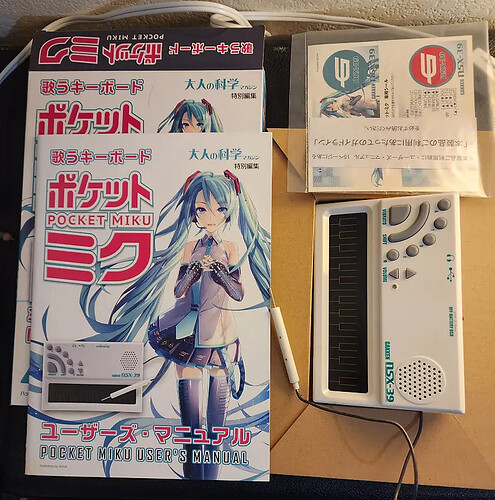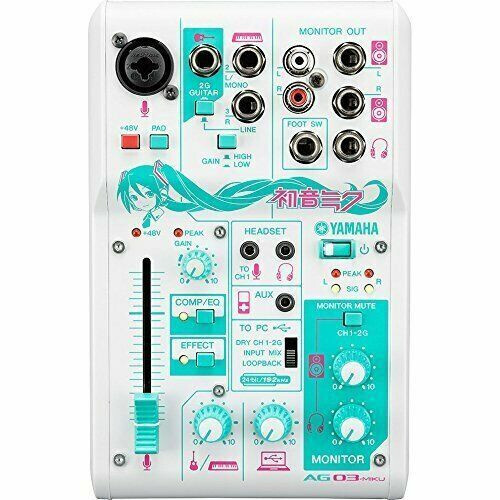A video posted by @GovernorSilver the other day got me wondering about the evolution of Yamaha’s Vocaloid system. The video he posted appeared to be an MMD creation for the most part, but what really surprised me about it was that no Vocaloid was present.
Well I was there right from the start. I was one of those Yamaha fanboys drooling like a lunatic when they first announced Vocaloid, absolutely ecstatic at the thought of having an on-demand singer sitting in my computer. But was my excitement founded?
Yes, I think it was. Because at the time they first announced it to the public, there was one particular track they threw out there to the public, one which really demonstrated just how well the voice could be articulated if you actually knew how to use the software correctly. I believe the track was programmed by one of Yamaha’s own engineers.
Well here is that track (from nearly 15 years ago now):
Kimi-no-uwasa
Unless you were there right from the start, you will likely never have heard that track, and that’s a shame. It’s a shame because almost a decade and a half later, I’m not convinced the latest Vocaloid Editor or Vocaloid Singers are worthy of such a huge amount of time in evolution, and it’s well-programmed tracks like this that demonstrate just how painfully slow the evolution has been over the following decade and a half.
And here’s what’s ironic about the whole evolution thing, because you see that video I mentioned featuring MMD but not Vocaloid? Well MMD is something of a cult that rocketed to stardom through use of Vocaloid. Pretty much every MMD upload to YouTube would almost certainly feature Vocaloid as it’s soundtrack and of course it still does. But while MMD continues to go from strength to strengh, its development goes from strength to strength and its popularity just grows and grows, what about Vocaloid’s development and evolution?
When are Yamaha going to give it the boost in technical agility that it needs? When I listen to that early pre-release demonstration and compare it to what we have now, I feel like I was right to get excited back in the day. But sadly I also think I’m right to be disappointed at its evolution of a decade and a half!
So play that video again, put on your best cans and be amazed, remembering that what you’re hearing there is a pre-release job from a decade and a half ago. Virtual vocalist software has come from various vendors over the years yet non eof them have managed to nail the virtual vocalist, I mean it’s still not quite there is it?
So what I’d love to know is, why not?
Surely any company that nails this stuff is going to sell a lot of software. In an age where computers have such incredible computing power, why are we not seeng virtual vocalists modeled and sold in VSTi form instead of what we have today?
So hats off to the engineers at Yamaha for Vocaloid, and to the engineer who programmed that pre-release track because frankly, for a pre-release I think it was pretty damn good and I was right to get excited. But the evolution of Vocaloid appears to be stagnating and crying out for vocal modeling to be fused into the technology in order to evolve it to the point where we can no longer tell ithat we’re listening to a virtual vocalist.
I long for the day when we can just twist knobs as we would do on a synthesizer, and dial-in any sort of vocal we wish for. So there you go, a story about how a virtual vocalist managed to rocket animation software to stardom while leaving itself behind.
Personally I think the only way this stuff will evolve for the benefit of the user, is an open source project that is headed by wizards in sound modeling who are willing to contribute.








